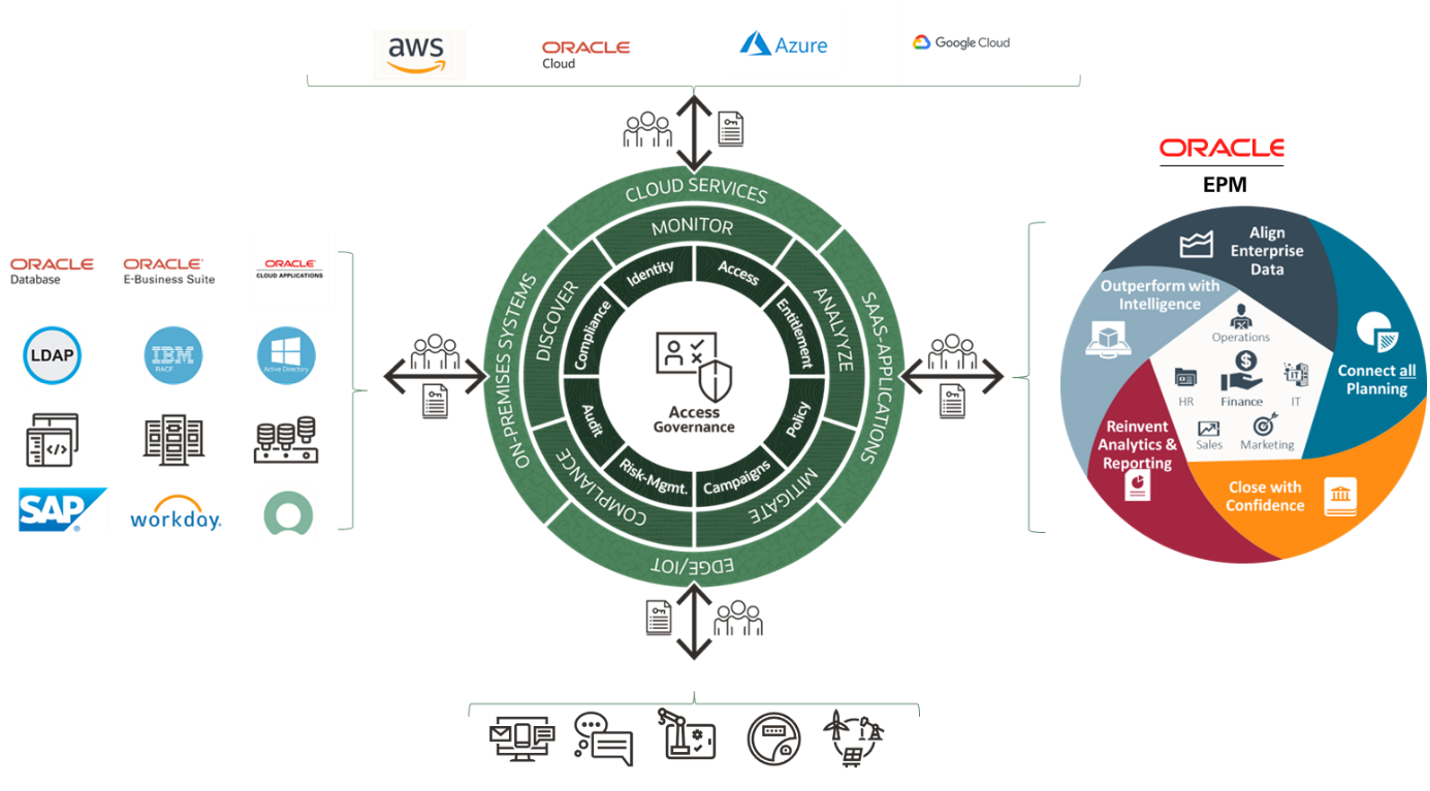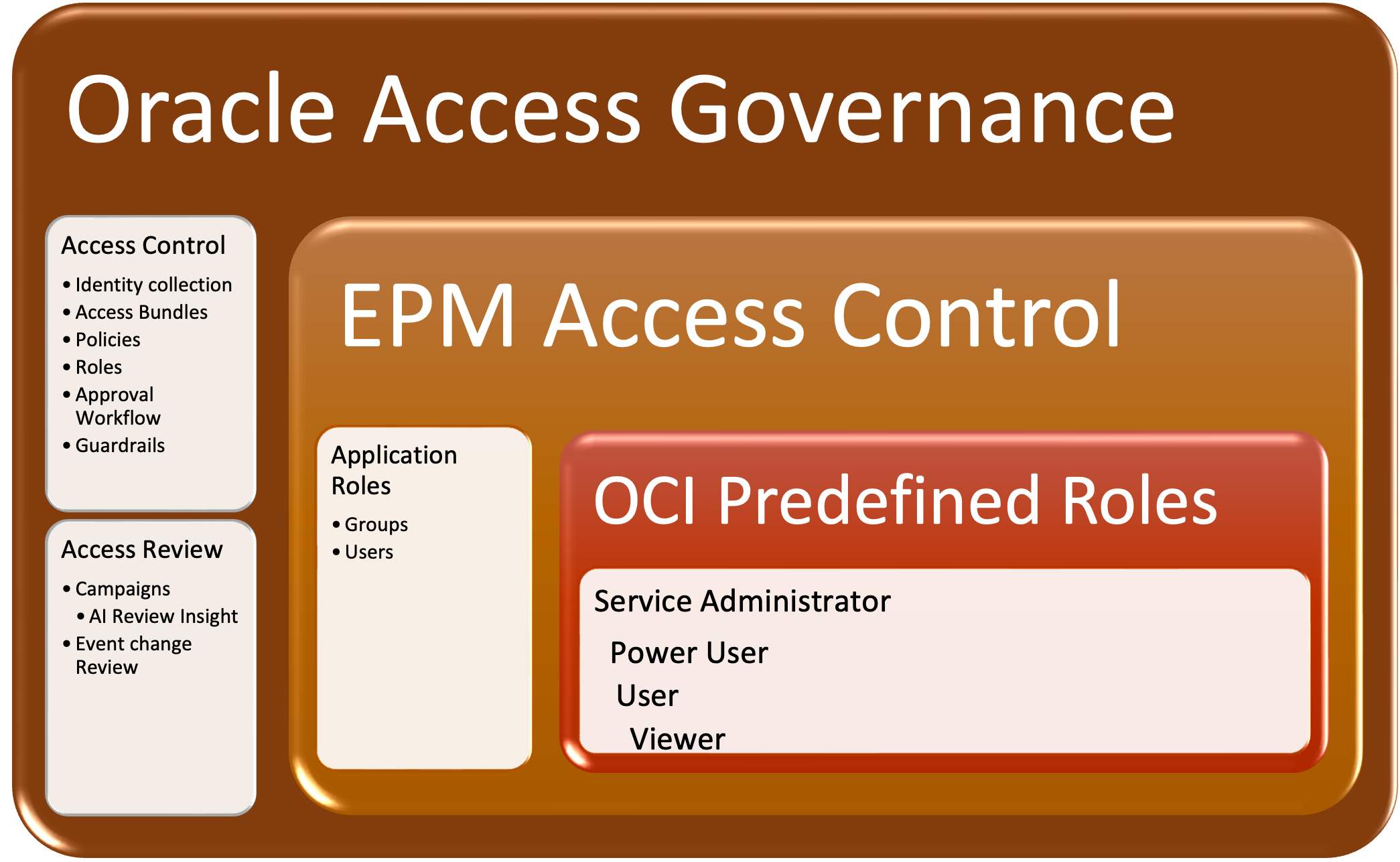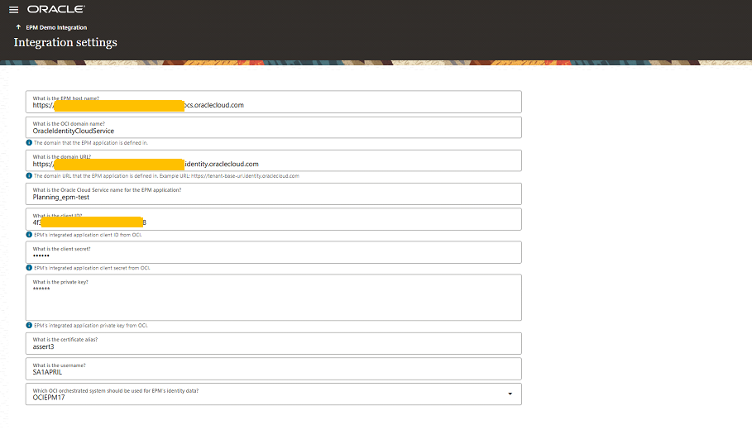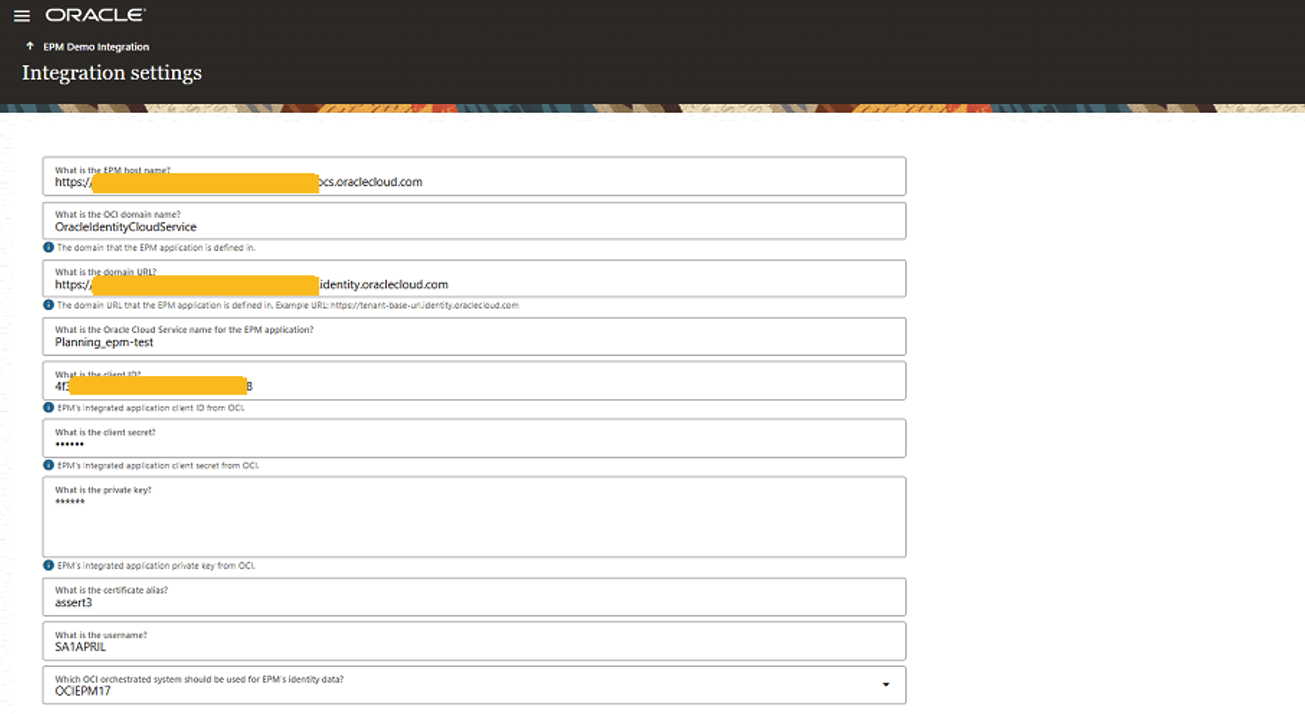Oracle Enterprise Performance Management (EPM) is a critical tool for organizations to plan, forecast, and manage their financial performance. As access to financial data expands, Oracle Access Governance becomes vital for managing that access and supporting compliance efforts. In this blog, we’ll explore the challenges of managing access to EPM and how Oracle Access Governance can complement EPM’s access control capabilities to mitigate access risks.
The Challenge
Organizations that want to manage access to Oracle EPM may face these challenges:
- Manual access provisioning and deprovisioning which may be prone to errors or not acceptable by auditors due to the risk of user error involved with such manual processes.
- Inadequate checks may lead to assignment of risky roles and potential conflicts of interest.
- Limited insight into user access and activity hinders detection and response to potential security issues, underscoring the need for regular certification processes to check access integrity.
Oracle Access Governance and EPM Integration
The EPM integration for Oracle Access Governance offers a comprehensive framework for managing access to EPM applications and helping organizations achieve compliance goals with automated access request management, role-based access control, access certification and reviews, access guardrails, and audit and compliance reporting.

Oracle Access Governance and EPM Security: A Comprehensive Approach
Oracle Access Governance helps organizations make sure that users have the right access to EPM applications and data. It defines, enforces, and monitors access policies to prevent unauthorized access, supports compliance goals, and can reduce risk.
Organizations often struggle to monitor their users’ job roles as their responsibilities change or expand temporarily, such as an operations planner who needs access to financial forecasts to inform their budgetary decisions only at the beginning of each fiscal year. With Oracle Access Governance, organizations can dynamically adjust access precisely when needed and automatically revoke access when no longer required. This prevents lingering or forgotten permissions, reducing the organization’s attack surface, and helps with compliance adherence goals.
Illustrated below is how Oracle Access Governance works in conjunction with EPM application roles and predefined roles to provide secure access controls.

Key aspects of Access Governance in EPM include:
- Access Control
- Based on authoritative data from Oracle HCM Cloud (HCM) or Microsoft Active Directory (AD), Oracle Access Governance can dynamically manage EPM application role assignments and group memberships for users throughout their lifecycle.
- Governance policies can be used to automate role assignments and revocations for EPM users during onboarding, role changes, and offboarding, which maintain consistency with authoritative systems
- Define approval workflows for sensitive EPM role requests, enabling controlled access and supporting compliance goals with organizational policies
- Implement Access Guardrails in Oracle Access Governance to enforce Separation of Duties (SoD) in EPM, using metadata-driven rules to define eligibility criteria and prevent conflicting access
- Access Review
- Access Certification and Recertification: Periodically review and certify EPM user access to check that users have appropriate entitlements, leveraging access review decisions.
- Increased Visibility Insight Provisioning: Enterprise-wide browser provides visibility of who is having what access in Oracle EPM
Benefits of Oracle Access Governance and EPM Integration
Integrating Oracle Access Governance with Oracle EPM offers several advantages:
- Increased Efficiency: Automate user provisioning, access certification, and SoD.
- Improved Security: Protect financial data and applications from unauthorized access and implement SoD guardrails.
- Support for Compliance Goals: Helps organizations demonstrate compliance with regulatory requirements and industry standards.
Configuring Oracle EPM as an Orchestrated System
Configure Orchestrated System: Select Oracle EPM and provide the necessary configuration details, including OCI orchestrated system for EPM identities.

Access Visibility: After integration, check the enterprise-wide browser to verify EPM account access.

Conclusion
Integrating Oracle Access Governance with Oracle EPM allows organizations to secure financial planning environments, strengthen identity governance, automate identity orchestration, and enable secure collaboration.
To learn more about Oracle Access Governance and available integrations, refer to the following resources:
- Oracle Identity Governance & Administration Integrations Exchange
- Oracle Access Governance Home Page
- What’s New in Oracle Access Governance
